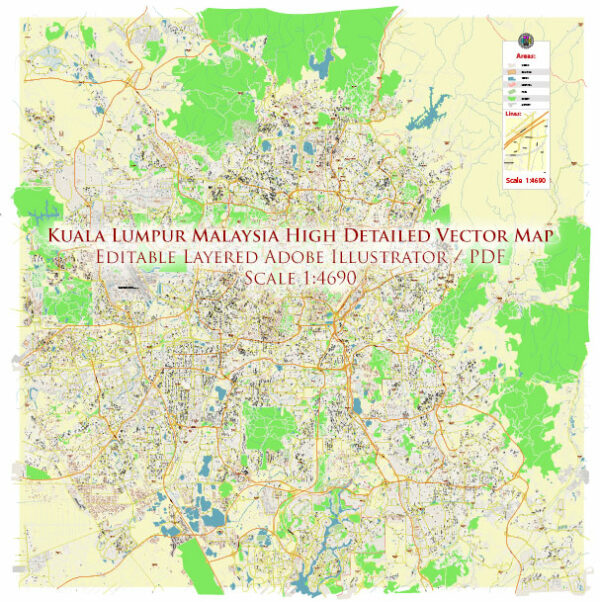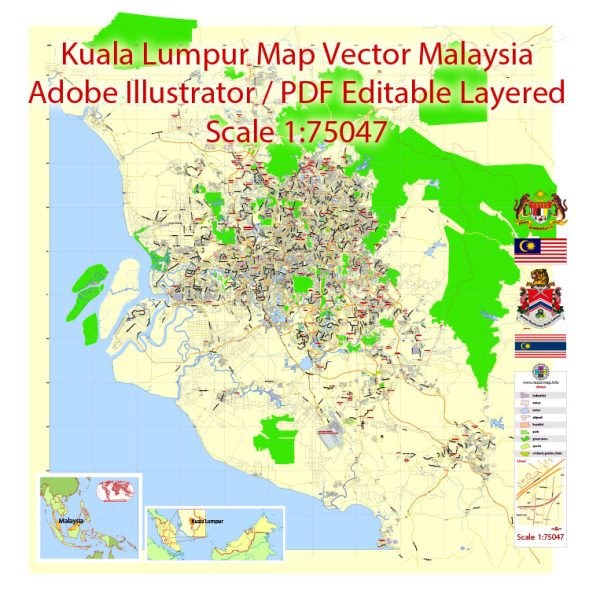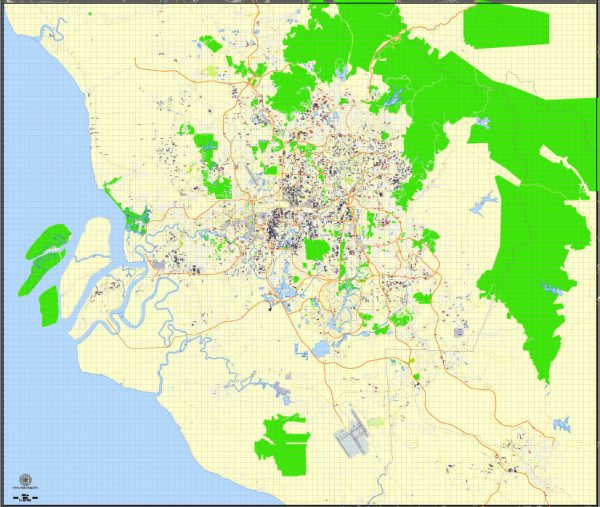Kuala Lumpur, the capital city of Malaysia, is a diverse and dynamic metropolis with a rapidly growing industrial sector. The city and its surrounding areas are home to a wide range of industries, contributing significantly to the country’s economic development. Here’s an overview of the industrial landscape in Kuala Lumpur, Malaysia:
- Financial Services: Kuala Lumpur serves as Malaysia’s financial hub. The city houses the headquarters of many banks, financial institutions, and investment firms. The iconic Petronas Towers also house the headquarters of Petronas, Malaysia’s national oil and gas company.
- Technology and Information Technology (IT): Kuala Lumpur is emerging as a technology hub in the Southeast Asian region. It is home to numerous tech startups, IT companies, and co-working spaces. The government has been actively promoting the digital economy and encouraging innovation in technology-related industries.
- Manufacturing: The manufacturing sector in Kuala Lumpur includes the production of electronics, electrical goods, machinery, and equipment. Malaysia is known for its semiconductor manufacturing and exports, with companies like Intel and Western Digital having a presence in the city.
- Automotive: Kuala Lumpur has a significant automotive industry, with many local and international automotive manufacturers and component suppliers operating in the region. Proton, a national car manufacturer, has its main plant located in Shah Alam, near Kuala Lumpur.
- Construction and Real Estate: The construction and real estate sectors have experienced significant growth due to urban development and infrastructure projects in and around Kuala Lumpur. The city skyline is constantly evolving with new developments.
- Tourism and Hospitality: Kuala Lumpur’s tourism industry is a major contributor to the city’s economy. The city is known for its cultural attractions, shopping, and vibrant food scene. It offers a wide range of hospitality services, from luxury hotels to budget accommodations.
- Education and Research: The city is home to several universities and research institutions, contributing to the growth of the education and research sectors. The Multimedia Super Corridor (MSC) is an area within Greater Kuala Lumpur dedicated to fostering technology and innovation.
- Logistics and Transportation: Kuala Lumpur’s strategic location in the heart of Southeast Asia makes it a key logistics and transportation hub. The city has a well-developed infrastructure, including airports, seaports, and a network of highways and railways.
- Oil and Gas: While not as prominent as in other regions of Malaysia, Kuala Lumpur still hosts some oil and gas companies and serves as an administrative and financial center for the industry.
- Creative and Media: The creative and media industries have been growing, with advertising, design, and multimedia production companies finding a foothold in the city.
- Healthcare and Medical Tourism: Kuala Lumpur is known for its world-class medical facilities and has been attracting medical tourists from around the world. Medical tourism is a significant component of the city’s healthcare industry.
Kuala Lumpur’s industrial landscape is diverse and constantly evolving, driven by government initiatives to promote economic growth and innovation. The city’s strategic location in Southeast Asia and its well-developed infrastructure make it an attractive destination for businesses and investors.




 Author: Kirill Shrayber, Ph.D.
Author: Kirill Shrayber, Ph.D.